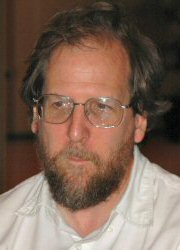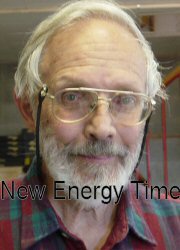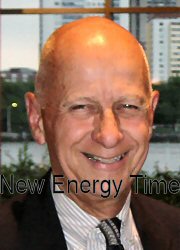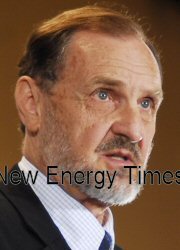Self-described librarian Jed Rothwell, has tried, on behalf of a group of American “cold fusion” believers, to interfere with the potential publication of a college-level textbook I am planning to develop on low-energy nuclear reactions research.
Rothwell, along with scientist Edmund Storms, is an operator of the LENR-CANR.org Web site. The site has made a contribution to the field by providing access to papers that are otherwise unavailable.
On Feb. 11, at the ICCF-16 conference in Chennai, India, I announced that I recently completed editing the Wiley Encyclopedia of Nuclear Energy, which will publish in June.
I also announced my next planned project, a textbook on LENR, tentatively titled Introduction to Low-Energy Nuclear Reactions.
On Feb. 17, Rothwell copied me on an e-mail he sent to several people at Wiley publishing. He simultaneously posted the e-mail on the public Vortex-l Internet chat room.
“During this conference,” Rothwell wrote, “[Steven] Krivit (http://www.newenergytimes.com/) announced that Wiley has commissioned him to write a textbook on cold fusion. This raised some concerns among experts in the field.”
However, I said nothing about having a publisher for the textbook. Rothwell was present during my announcement and aware of this fact.
Wiley, a potential publisher of my textbook given my recent completion of the encyclopedia, did not know that I was contemplating a textbook project.
Rothwell also e-mailed additional lies to one of the Wiley editors and then posted them in the Vortex-l chat room.
“The people who wrote one of the Encyclopedia articles – Srinivasan and Storms – and others were at the conference,” Rothwell wrote. “They assumed he would ask them to contribute to the new textbook, as well. So they approached him and asked about his plans. They were disconcerted when he told them to shut up and go away. Literally.”
I called Srinivasan today and read him Rothwell’s statement.
“I will state on the record that we [Srinivasan and Krivit] had no conversation about the textbook,” Srinivasan said.
Then I called Storms and read him Rothwell’s statement. I told him that I did not recall speaking with him at all during the conference.
“I did not speak to you,” Storms said.
Storms is the author of The Science of Low Energy Nuclear Reaction: A Comprehensive Compilation of Evidence and Explanations About Cold Fusion. Its foreword says the book is the first textbook in the field.
Rothwell has been unable to see the key distinction between the reality of low-energy nuclear reactions and the mythology of “cold fusion.”
He has a longstanding history of Internet-based attacks and vendettas against people and scientific work that threatened his belief in “cold fusion.”
For example, researcher Paulo Correa depicted Rothwell accurately in his article “The Serpent’s Tooth and Its Egg (Or: How the Stupid Are So Often Malicious)” (pdf), which is a detailed analysis of Rothwell’s attacks against Correa and his wife and their scientific work.
Rothwell’s e-mails to Wiley said that “experts” were concerned about my role in the development of a planned textbook on LENR. In his e-mails, Rothwell specifically identified Storms and Michael McKubre and described David Nagel. Rothwell also has a long history of collaborating with Michael Melich.
All of these experts are longstanding advocates of the theory of “cold fusion.” Rothwell and his experts are listed below.





Top left to bottom right: Jed Rothwell, Edmund Storms, David Nagel, Michael McKubre, Michael Melich. (Melich photo by D. Tran. Other photos by S.B. Krivit)






